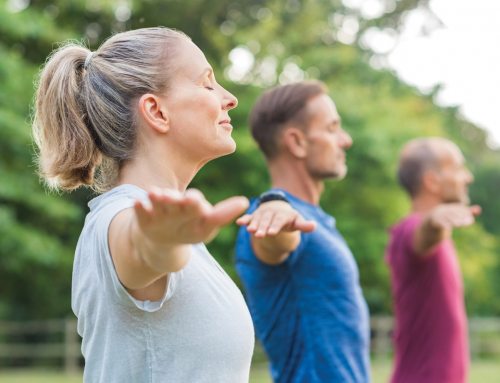By Brian Beatty
We all agree that ‘work smarter not harder’ is conceptually desirable, but realistically we often default to ‘putting our head down and grinding it out’. Our chosen activities can provide ample opportunity to practice either, or, and both. Working smarter embodies the idea of maximizing efficiency. Core stability is a vital component of any efficient movement. To refine the efficiency of core stability it is helpful to refine how we define the term.
Core Stability is a functional concept, not an anatomical address. If we think of the core as simply an area of the body (anatomical address) and simply work harder at tightening it as we try to move, we can end up rigid and operating at less than optimal efficiency. Rigidity and stability are not the same.
Rigid: unable to bend or be forced out of shape, not flexible. Not able to be changed or adapted.
Stable: not likely to fall or give way, firm, steady. Having the ability to react to a disturbing force by maintaining or reestablishing position, form, etc.
Thinking of the core as a functional concept requires the integration of stability and mobility. The mobility is the desired movement, action, task or outcome (running, cycling, throwing, standing). The stability is what allows and guides the mobility. Stability includes the foundation from which the movement is generated, the parts of the body moving in space and the path of the movement through the body. Thinking of the movement as a force implies that the movement (force) has direction and needs a medium in which to travel. In our body, that medium is the skeleton and the force follows a path through it.
The sport of Curling can provide an analogy for this conceptualization of Core Stability in action. One slides the curling stone with a specific intention. The stone sliding on the ice represents a movement. The stone has a force and direction over the ice. The guys with the broom sweep a path on the ice ahead of the stone to guide it. The guys with the brooms are the Core Stability. The stone sliding on the ice is like a movement in the body. Core Stability is the action that occurs in the body ahead of the force that aligns the body and guides the path of the movement.
Core stability then becomes the sum of everything that creates skeletal alignment ahead of the arrival of the force at that part of the skeleton. Efficient core stability is providing the alignment so the force takes the optimal path through the body for the desired outcome. It is a coordination of the body aligning just prior to the force of a movement reaching that area of the body.
Therefore, core stability is a combination of muscle activation, and neurological control (strength, coordination and awareness). The corollary of this theory is that the core is functionally specific. Efficient stability is there exactly where and when you need it, and then relaxes when you don’t.
The next time you blame your lack of core strength for an outcome that is not what you desired, ask, is it really not strong enough, or does it just not know what to do and when to do it. A stable core in action feels fluid and engaged but without excessive strain while a rigid core feels stiff and clunky. When you do “core exercise” be sure you are clear for yourself regarding how the ‘core’ you are working actively supports and guides the action you are trying to improve. Focus on sensing movement as a flow along a path in your body and refine how to align yourself for efficient flow.
If this concept is interesting to you, learn more by following the Community Blog at www.balanced-movement.com, joining Balanced Movement for Endurance Sports Facebook or subscribing to Balanced Movement’s online weekly workouts.
# # #
Brian Beatty, physical therapist with Balanced Movement Studio, loves long rides and runs. Being male of Irish descent, he is good at working hard, but constantly being reminded to work smart.





